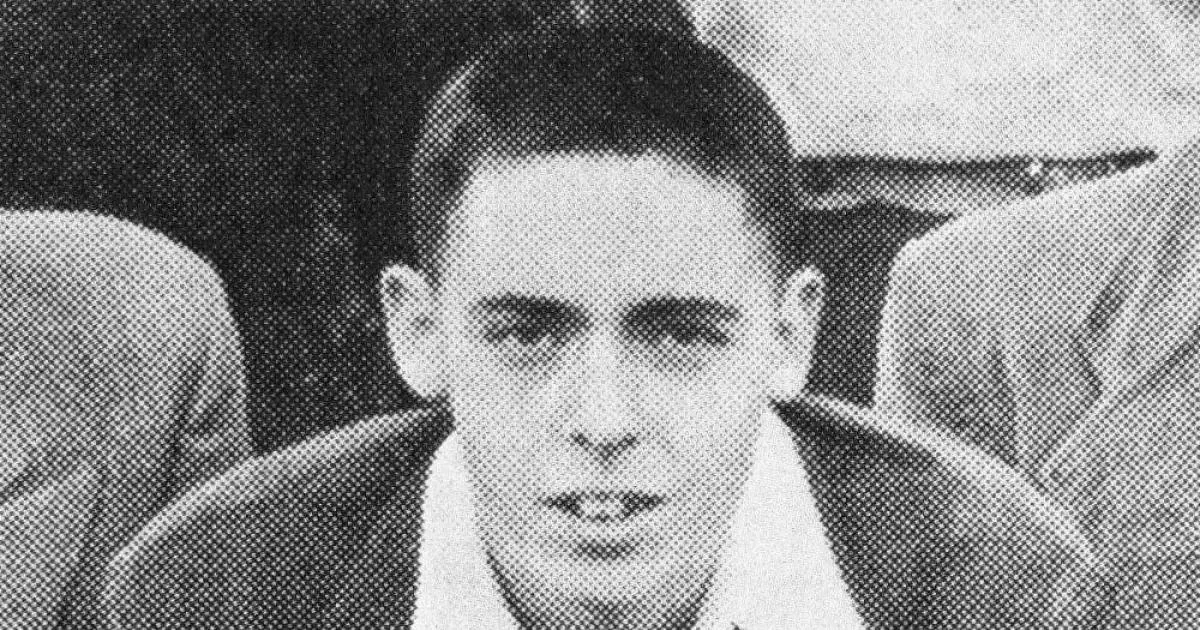Discover the defining moments in the early life of Thomas Pynchon. From birth to education, explore key events.
Thomas Pynchon is a reclusive American novelist renowned for his complex postmodern fiction. His works are characterized by dense allusions to a wide range of subjects including history, science, literature and popular culture, and are often laced with humor and explorations of paranoia. Regarded as one of America's greatest novelists, Pynchon maintains a highly private life, contributing to his mystique and the circulation of rumors about his identity and whereabouts.
1907: Birth of Thomas Ruggles Pynchon Sr.
In 1907, Thomas Ruggles Pynchon Sr., father of Thomas Pynchon Jr., was born. He worked as an engineer and politician.
1909: Birth of Katherine Frances Bennett
In 1909, Katherine Frances Bennett, mother of Thomas Pynchon Jr., was born. She worked as a nurse.
May 8, 1937: Thomas Pynchon's Birth
On May 8, 1937, Thomas Ruggles Pynchon Jr., the American writer known for his complex postmodern fiction, was born. He is noted for his dense references to popular culture, history, and paranoia.
1939: Slothrop loses his "harp"
In 1939, in Gravity's Rainbow, there is an apocryphal report that Tyrone Slothrop lost his "harp" down the toilet at the Roseland Ballroom in Roxbury, Boston.
1945: Slothrop recovers his "harp"
In 1945, in Gravity's Rainbow, there is an apocryphal report that Tyrone Slothrop recovered his "harp", in a German stream.
1953: High School Graduation
In 1953, at the age of 16, Pynchon graduated from high school and began studying engineering physics at Cornell University that fall.
1956: Service on the USS Hank during the Suez Crisis
In 1956, Pynchon was aboard the destroyer USS Hank in the Mediterranean during the Suez Crisis, while serving in the U.S. Navy.
1957: Return to Cornell University
In 1957, Pynchon returned to Cornell to pursue a degree in English after his time in the Navy.
1958: Co-creation of Minstrel Island
In 1958, Pynchon and Kirkpatrick Sale co-wrote part or all of a science-fiction musical, 'Minstrel Island', which portrays a dystopian future in which IBM rules the world.
June 1959: Graduation from Cornell University
In June 1959, Pynchon graduated from Cornell University with a B.A. with distinction as a member of Phi Beta Kappa.
1963: Start date for letters to Candida Donadio
In 1963, Thomas Pynchon started writing letters to his literary agent, Candida Donadio. These letters were later donated to the Pierpont Morgan Library.
April 1964: Letter to Candida Donadio
In April 1964, Pynchon wrote a letter to his agent, Candida Donadio, mentioning that he had four novels in progress and expressing high hopes for their literary impact.
1964: Rejection from UC Berkeley
In 1964, Pynchon applied to study mathematics as a graduate student at the University of California, Berkeley, but was turned down.
1964: Inspiration for fiction
In 1964, aspects of Pynchon's ancestry and family background inspired his fiction, particularly in the Slothrop family histories related in the short story "The Secret Integration".
December 1965: Rejection of Bennington College Teaching Invitation
In December 1965, Pynchon declined an invitation to teach literature at Bennington College, stating he was working on three novels simultaneously.
1974: National Book Award Acceptance by "Professor" Irwin Corey
At the 1974 National Book Awards ceremony, Tom Guinzberg arranged for "Professor" Irwin Corey to accept the prize on Pynchon's behalf. Many assumed it was Pynchon himself.
1975: Decline of the William Dean Howells Medal
In 1975, Thomas Pynchon declined the William Dean Howells Medal.
1977: Response to Salinger Theory
In 1977, Pynchon responded to a theory by John Batchelor that he was J. D. Salinger, stating that "some of it was true, but none of the interesting parts."
1982: End date for letters to Candida Donadio
In 1982, Thomas Pynchon ended a period of writing letters to his literary agent, Candida Donadio. These letters were later donated to the Pierpont Morgan Library.
1988: Tom Hawkins' suicide
In 1988, Tom Hawkins, an obscure Beat writer, murdered his wife and then committed suicide. Literary detective Donald Foster later proved that Hawkins wrote the "Tinasky" letters.
1989: Pynchon signs letter of solidarity for Salman Rushdie
In 1989, Thomas Pynchon was among authors who signed a letter of solidarity with Salman Rushdie after Rushdie received death threats for his novel The Satanic Verses. Pynchon expressed his hope for tolerance and respect for life.
1990: Marriage to Melanie Jackson
In 1990, Thomas Pynchon married Melanie Jackson, his literary agent, who was a great-granddaughter of Theodore Roosevelt and a granddaughter of Robert H. Jackson. The wedding was a key moment in his life.
1991: Birth of son, Jackson
In 1991, Thomas Pynchon and Melanie Jackson had a son, Jackson. The birth of his son marked an important event in his life.
1991: Reference in Janette Turner Hospital's short story
In 1991, Thomas Pynchon was referenced in Janette Turner Hospital's short story "For Mr. Voss or Occupant". The protagonist explains to her daughter that she is writing.
1994: Involvement with The John Larroquette Show
In 1994, Thomas Pynchon contacted the producers of NBC's "The John Larroquette Show" to offer suggestions. He provided the title of a fictitious work, "Pandemonium of the Sun", and vetoed a scene involving an extra playing him. He also requested that the character be seen wearing a Roky Erickson T-shirt.
1998: Donation of letters to Pierpont Morgan Library
In 1998, over 120 letters that Thomas Pynchon had written to his longtime agent, Candida Donadio, were donated to the Pierpont Morgan Library in New York City. The letters ranged from 1963 to 1982 and were sealed until after Pynchon's death at his request.
2004: Cameo appearances on The Simpsons
In 2004, Thomas Pynchon made two cameo animated appearances on The Simpsons. He appeared in "Diatribe of a Mad Housewife", providing a blurb for Marge's book, and in "All's Fair in Oven War", using puns on his novel titles.
November 19, 2006: Non-speaking cameo on 'The Simpsons'
On November 19, 2006, Thomas Pynchon's cartoon representation reappeared in a third, non-speaking cameo, as a guest at the fictional WordLoaf convention depicted in the 18th season episode "Moe'N'a Lisa" of The Simpsons. The episode aired the Sunday before Against the Day was released.
December 6, 2006: Letter supporting Ian McEwan
On December 6, 2006, Thomas Pynchon joined a campaign with other authors to clear Ian McEwan of plagiarism charges by sending a typewritten letter to McEwan's British publisher, which was published in the Daily Telegraph newspaper.
2006: Pynchon defends Ian McEwan
In 2006, Thomas Pynchon wrote a letter defending Ian McEwan against charges of plagiarism in his novel Atonement.
2009: Lotion clarifies relationship with Pynchon
In 2009, members of the band Lotion clarified that Thomas Pynchon did not initially see them in concert and become a groupie, but met them through his accountant.
2013: Son's graduation from Columbia University
In 2013, Thomas Pynchon's son, Jackson Pynchon, graduated from Columbia University, where he was affiliated with St. Anthony Hall.
September 2014: Rumored cameo in 'Inherent Vice' film
In September 2014, Josh Brolin said that Thomas Pynchon had made a cameo in the Inherent Vice film adaptation, leading to an online search for his appearance, which eventually targeted actor Charley Morgan.
November 6, 2018: Photo published by National Enquirer
On November 6, 2018, Thomas Pynchon was photographed near his apartment in New York's Upper West Side district while voting with his son. The National Enquirer published the photo, claiming it was the first photo of him "in decades".
December 2022: Acquisition of literary archive by Huntington Library
In December 2022, the Huntington Library announced its acquisition of Thomas Pynchon's literary archive, including typescripts and drafts of his novels, handwritten notes, correspondence with publishers, and research.
Mentioned in this timeline
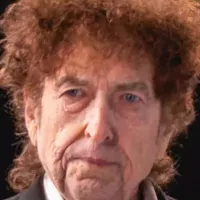
Bob Dylan is a highly influential American singer-songwriter renowned as...
California is a U S state on the Pacific Coast...
CNN Cable News Network is a multinational news organization founded...
The National Broadcasting Company NBC is a major American commercial...

The Boeing Company is a multinational corporation and one of...
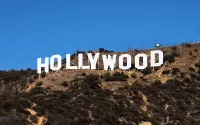
Los Angeles is the most populous city in California and...
Trending
Rich Eisen is a prominent American sportscaster and radio host He's been with NFL Network since hosting pre post-game shows...

Lea Michele Sarfati is an American actress and singer who began her career on Broadway as a child featuring in...
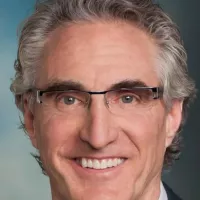
8 months ago REI Apologizes for Burgum Endorsement, Cites Mistake Amid National Park Concerns.
A bill of rights is a list enshrining the most crucial rights of a nation's citizens Its primary aim is...
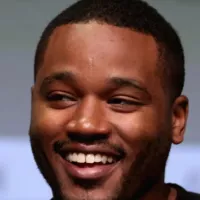
10 days ago Ryan Coogler Praises Autumn Durald Arkapaw's Cinematography in 'Sinners,' Highlighting Her Unique Voice.
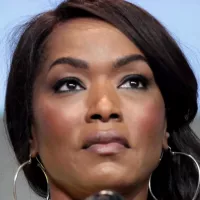
7 months ago Angela Bassett Hints at Possible Return in Black Panther 3 as Queen Ramonda.
Popular

Candace Owens is an American conservative political commentator and author...
Matt and Ross Duffer known as the Duffer Brothers are...

Ilhan Omar is an American politician currently serving as the...

XXXTentacion born Jahseh Dwayne Ricardo Onfroy was a controversial yet...
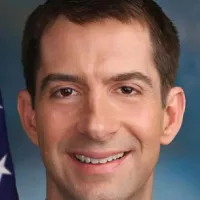
Tom Cotton is an American politician and Army veteran currently...
The Kennedy Center Honors are annual awards recognizing individuals and...
